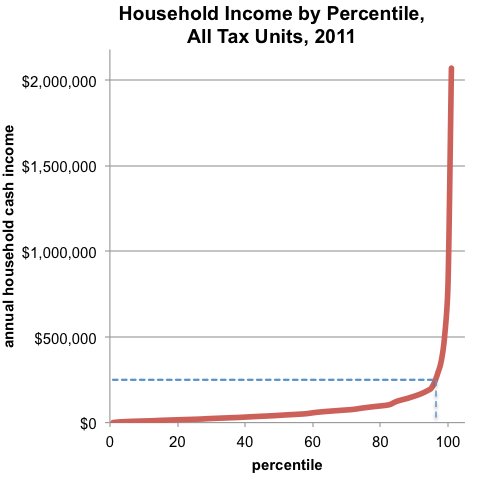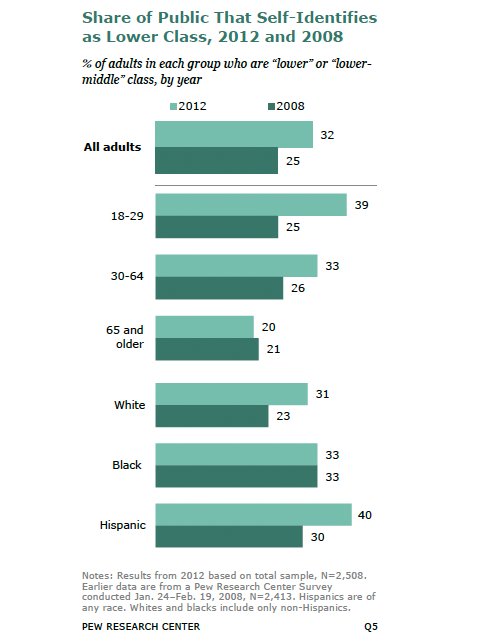HSBC’s manufacturing purchasing managers index — a survey that takes the temperature of China’s important factory sector — rose to 51.2 in September, from 50.1, topping analysts’ expectations. The index HSBC released on Monday was based on a preliminary assessment of survey responses. A final reading will be published on Sept. 30. A separate index compiled by the authorities in Beijing, more focused on larger, state-owned enterprises of the kind that benefit from state-led investment, will be released on Oct. 1.
Readings above 50 indicate expansion, so the September figure provided more evidence that the Chinese manufacturing sector was growing again after several months of contraction, while the economy as a whole had stopped decelerating.
The firmer reading “was supported by simultaneous improvements of external and domestic demand conditions,” Qu Hongbin, chief China economist at HSBC, said in a note accompanying the data release.
Faced with slowing growth, the authorities in Beijing have in recent months announced a series of measures aimed at increasing economic activity.
Although China has avoided a repeat of the sweeping, large-scale stimulus of late 2008 and 2009, the smaller-scale, more targeted support measures of the last year or so have helped to put a floor under the economy, analysts have said.
Measures announced this year have included tax cuts for small businesses and measures aimed at speeding up railroad construction in inland and poor areas. In a bid to raise the economy’s efficiency, the authorities have also issued instructions to more than 1,400 companies in 19 industries to cut excess production capacity this year.
“We expect a more sustained recovery as the further filtering-through of fine-tuning measures should lift domestic demand. This will create more favorable conditions to push forward reforms, which should in turn boost mid- and long-term growth outlooks,” Mr. Qu wrote.
Improving demand in the beleaguered United States and European economies also is helping activity in China. New orders for exports picked up speed in September, the HSBC poll showed, echoing a trend seen in trade data for August, released this month.
“Looking ahead, we expect the cyclical pickup to be consolidated in the coming quarters, benefiting from the strengthening global demand outlook, which supports growth directly via stronger exports and by improving sentiment and profitability in industry and thus the willingness to invest,” wrote Louis Kuijs, a China economist at RBS in Hong Kong.
The latest signs of China’s resilience on Monday helped push Chinese stocks higher; the Shanghai composite rose 1.33 percent.
Still, many analysts continued to caution that the upturn may not last into next year, given that the leadership in Beijing will have to step up its efforts to combat issues — like overcapacity in some major industries, often poor allocation of capital, and a buildup in debt over the last few years — that haunt China’s economy.
“The third plenary session of the Central Committee, which is to be held this November, will lay out the agenda of economic reform going ahead,” said Zhu Haibin, chief China economist at JPMorgan Chase. “Addressing these problems in the coming years implies that the economic recovery tends to be limited.”

Article source: http://www.nytimes.com/2013/09/24/business/global/strong-chinese-manufacturing-data-point-to-turnaround.html?partner=rss&emc=rss



